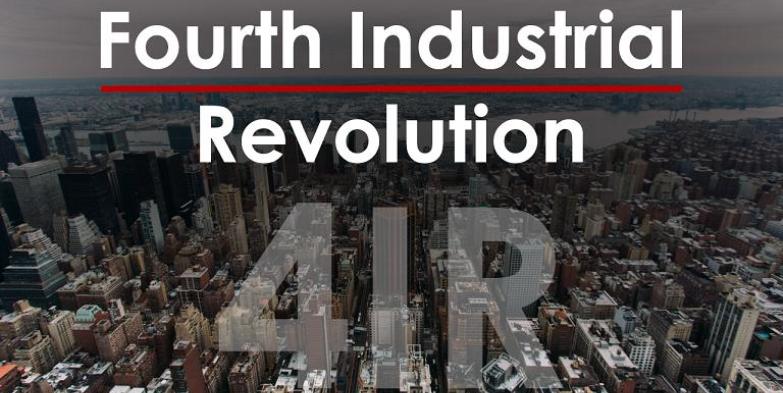
In this final post on the fourth industrial revolution I will write briefly about how Kenya and the other developing countries can lay strategies in order to be receptive to and benefit from the digital revolution. This comes at the backdrop of numerous authentic analysis reports that paint a picture of governments that have no clue on how to steer their countries towards the great goal of reaping optimally the benefits and taking advantage of the opportunities presented by 4IR.
If these countries want to take advantage of the opportunities presented by the 4IR, below are several measures they need to put in place:
Enhance accessibility to technology and infrastructure
Most developing countries face challenges in acquiring relevant technologies because they are protected by patents, which are highly concentrated in a handful of countries. However, they can still use open-source technologies such as blockchain.
A case in point, the government of Ethiopia has recently started working with the Swiss-based Cardano Foundation to use blockchain technology to enhance trade in Ethiopia’s biggest export item – coffee beans. By using blockchain to record, track and trace coffee beans from local farmers, the initiative is expected to provide consumer confidence about their source and purity. Producers can receive an increased return on their labor, as consumers will then be ready to pay a premium for the end product.
Developing Countries also often lack the necessary electricity and internet infrastructure to enable the use of advanced technologies. By the end of 2017, only 172 million of the slightly more than 1 billion people living in LDCs had access to the internet. Bhutan is one success story: 100% of the population has electricity access, achieved by harnessing the potential of hydro-electricity in collaboration with its neighbor, India.
Make technology more affordable
Even if technologies are accessible, the cost of using them is often prohibitive. Monopolies or oligopolies among internet service providers, patent protection costs and high tariffs on computers, tablets and smartphones are the main barriers. According to the Alliance for Affordable Internet, 2.3 billion people live in a country where a 1GB mobile broadband plan is unaffordable for individuals earning an average income. Most of these people live in the Least Developed Countries, where the average cost of 1GB of internet access is 14.8% of Gross National Income (GNI) per capita, with users in countries such as the Democratic Republic of the Congo, the Central African Republic and Haiti obliged to pay almost half of their monthly income.
Develop ‘future-proof’ skills
Since the future is digital, it is going to be critical to develop “future-proof” skills. While investing in science, technology, engineering and mathematics areas is critical, soft skills such as creativity, collaboration and time management cannot be ignored. But most developing countries do not even have resources to provide basic education, and so will only be able to meet this requirement through external assistance or by engaging the private sector. With flexibility and adaptability key to developing skills fit for the future, rigid and inflexible education systems in many LDCs can only be tackled through strong political determination.
Identify niche opportunities
Some technologies work based on the classic “slicing up the value chain” approach. For example, artificial intelligence relies on big data for its applications. Since data cannot be captured by machines and the bulk of it is generated from documents, images, audio and video, human resources are required at scale to input and process. While the higher end of the AI chain like idea generation and eventual application mostly takes place in developed countries, the other end such as data inputs, scrubbing and processing is done in countries with lower wages. These activities can provide employment opportunities to mostly young, relatively well trained people in LDCs.
Introduce enabling policies and regulations
The 4IR requires good policy and regulation, and will only be possible through coordinated action from various ministries. For example, introducing an information and communications policy that imposes universal service obligations on internet providers to ensure connection of even the “last-mile” users to the internet would benefit from a trade policy that reduces tariffs on the import of smartphones and tablets and an investment policy that removes the cap on foreign ownership of internet services.
Harness the potential of partnership
Since developing countries lack resources, skills and expertise in many of the areas discussed above. They therefore need to harness the potential of partnership at the national and international levels. At the national level, public-private partnerships can be a powerful model for financing infrastructure and skills development. In some cases, strengthening the necessary frameworks for attracting private investment could help to mobilize resources to meet increased financial needs.
